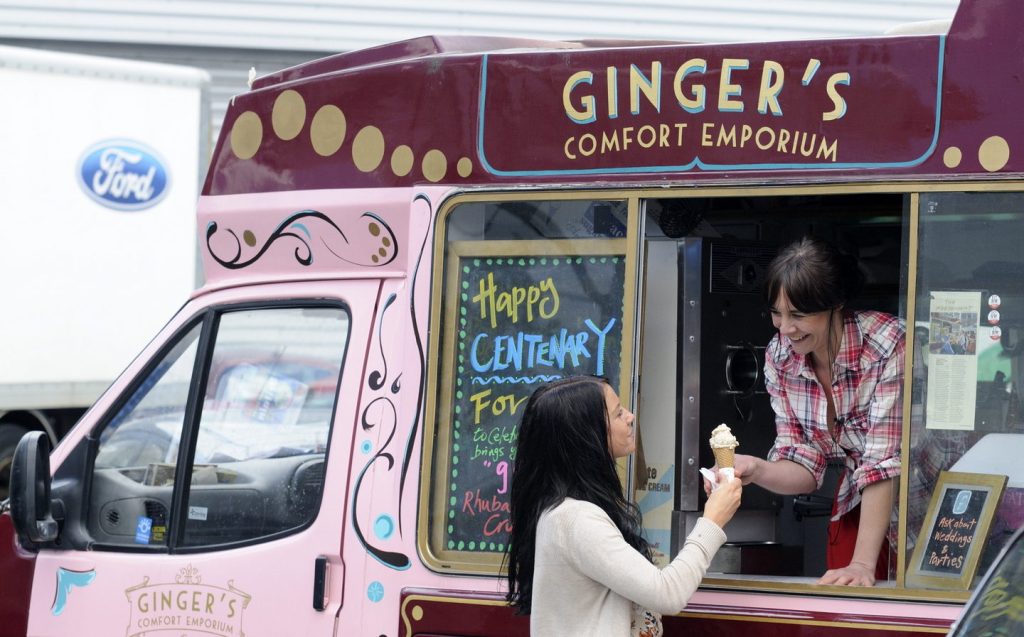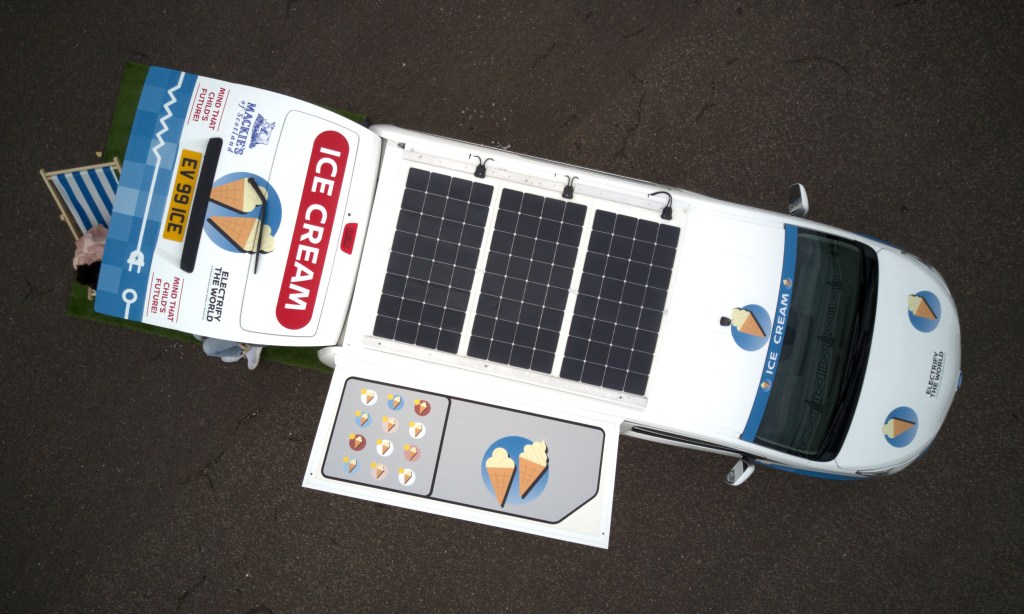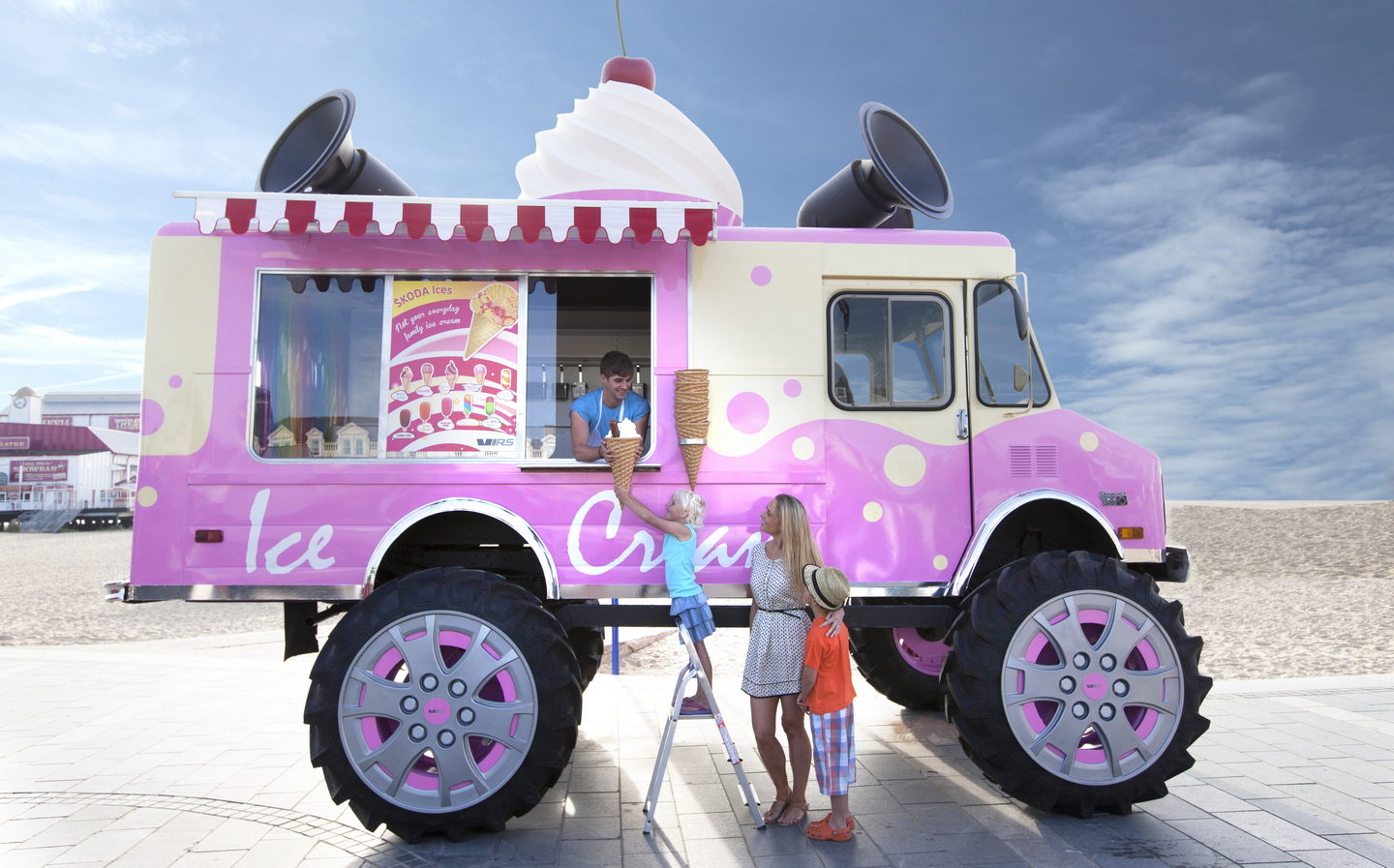Greenwich council proposes ban on ice cream vans because of diesel fumes
Will the issue melt away?
Hot weather in the UK brings out ice cream vans to ply their trade but a proposal to ban such diesel-powered vehicles by Greenwich Borough Council could soon mean those in need of a cooling lolly or 99 with a flake are out of luck.
The council has put forward the proposal that could affect more than 30 roads in the area, including on King William Walk, the famous thoroughfare that leads to Greenwich Park and the Royal Observatory.
The reasons behind the proposed ban are that the vans cause “an unacceptable level of nuisance”, while running a diesel engine to keep a van’s freezers to temperature has “a negative impact on air quality”.
In addition, there are claims from local planning officers that the queues that form when ice cream vans are operating create “bottlenecks” at the entrances to the local museums, while having people milling around creates “clutter” that spoils the view of the local attractions.

Officials confirmed that they received just one complaint about the vans operating in the area from a local resident. This led the council to draw up its 4,000-word proposal to regulate street traders.
The proposals will ban ice cream vans and other mobile vendors from 13 roads in the middle of Greenwich, as well as another 20 roads in Woolwich town centre. In addition, they will only be allowed to stop in permitted roads for a maximum of 15 minutes, after which they will not be allowed to return until the next day. Any traders who break these rules will face fixed penalties or even prosecution.
A council document posted online says: “Planning advice received and planning case law has established that street and ice cream trading is not an appropriate or acceptable activity at this location due to its sensitive location in a World Heritage Site and Conservation Area and because of its impact on the public highway.
“Itinerant ice cream van trading can cause unacceptable levels of nuisance, as well as having negative impact on air quality from ‘engine idling’ in sensitive locations. The draft update adds two places where ice cream can lawfully be traded throughout the day. Once considered at the council’s cabinet, the policy will be subject to consultation for members of the public and other stakeholders to comment.”
There has been some criticism of Greenwich Borough Council’s proposals, complaining that officials are being “killjoys” and “anti-business”.
One critic was TV presenter and The Times columnist Harry Wallop, who wrote on Twitter: “Oh no! Say it ain’t so. Greenwich council wants to ban ice cream vans for being a ‘nuisance’. Does anyone really object to the noise they make/idling engines?”

The reason ice cream vans sit there with the engine running is to keep the freezers cool and also operate the Mr Whippy machine and slush machines, where fitted. If the pollution of idling diesel engines is an issue, then there are solutions on offer.
Nissan produced an ice cream van concept (pictured above) based on its now-discontinued e-NV200 electric van, which used recycled battery packs from the Leaf hatchback to power the freezers, although this never got past the concept stage.
UK firm Whitby Morrison offers an all-electric power supply that can be fitted to existing ice cream van conversions. Its ePower systems feature lithium-ion batteries ranging in size from 10-50kWh, with even the smallest battery able to provide enough power to make up to 2,000 cones from a single charge. It also comes with a Mr Whippy machine that has been optimised for use with the battery system, while solar panels help to replenish battery charge on sunny days. The company also offers conversions where the ice cream van can be plugged into mains power, where accessible.
Related articles
- If you were interested in Greenwich proposing a ban on ice cream vans, you may be interested in seven of the best ULEZ-compliant cars for under £10,000
- Paris has banned e-scooters, is London next?
- ULEZ checker: Is your car exempt from the Ultra Low Emission Zone?
Latest articles
- Watch new Porsche 911 GT3 smash Nürburgring record for manual cars
- Skoda Elroq 2025 review: Czech carmaker can’t seem to miss with its electric family cars
- Five best electric cars to buy in 2025
- Should I buy a diesel car in 2025?
- F1 2025 calendar and race reports: The new Formula One season as it happens
- Zeekr 7X AWD 2025 review: A fast, spacious and high tech premium SUV — but someone call the chassis chief
- Denza Z9GT 2025 review: Flawed but sleek 1,062bhp shooting brake from BYD’s luxury arm
- Extended test: 2024 Renault Scenic E-Tech review
- Best-selling cars 2025: The UK’s ten most popular models of the year so far














